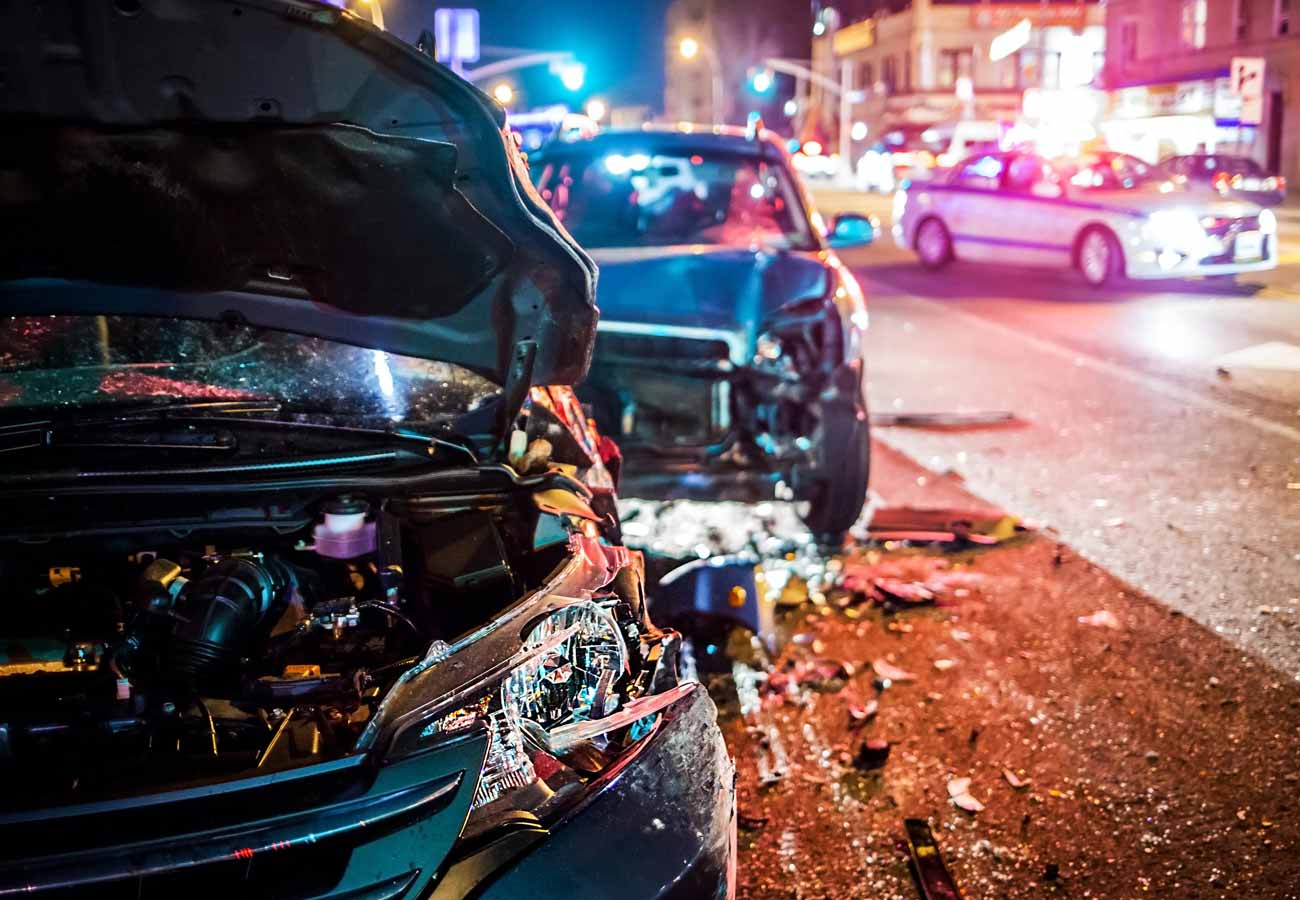Pedestrians and cyclists are at risk of serious injury from collisions with motor vehicles. While any vehicle can cause life-changing injuries, the decades-long trend of vehicles getting heavier and larger only increases the risk for pedestrians, cyclists, and other drivers on the road. In addition, many of these large vehicles have blind spots, serious rollover risks, and are more likely to pin a person under the vehicle.
Many cities have taken measures to increase the safety of their sidewalks, crosswalks, and bike lanes. However, the U.S. Department of Transportation (USDOT) has done little on the federal level to reduce the risks consumer vehicles pose to pedestrians and cyclists. USDOT has not implemented measures to guide the auto industry toward safer vehicles, instead of manufacturing with a “bigger is better” mentality.
The New Car Assessment Program (NCAP)
The New Car Assessment Program (NCAP) is part of USDOT’s National Highway Traffic and Safety Administration (NHTSA). NCAP tests vehicles and issues safety ratings to manufacturers based on the crash test results. In place for more than 40 years, NCAP gives one- to five-star ratings based on the safety of a particular new vehicle model or year.
 While an NCAP rating can be helpful to consumers, the program has not adjusted its standards in years, failing to account for the heavier weight and larger size of many pickups and SUVs. In addition, almost every vehicle manufacturer receives four- or five-star ratings, which calls the accuracy of the rating criteria and process into question.
While an NCAP rating can be helpful to consumers, the program has not adjusted its standards in years, failing to account for the heavier weight and larger size of many pickups and SUVs. In addition, almost every vehicle manufacturer receives four- or five-star ratings, which calls the accuracy of the rating criteria and process into question.
While other countries have NCAP programs that specifically address pedestrian and cyclist safety, the U.S. has yet to launch such a focused program. However, the Biden administration is expected to make some changes on this front. The administration is said to be reviewing new safety rules and making revisions that factor pedestrian and cyclist safety into new car rating systems.
Once the standards are updated, manufacturers will need to rethink their safety features if they want to earn a five-star rating. Some features that might become standard on certain vehicles include:
- Cyclist and pedestrian detection
- Automatic emergency braking
- Space under the hood to absorb impact
If there is no action from the administration on this front, it is unlikely that such changes will occur on their own. Without pressure from NCAP, vehicle manufacturers have little incentive to make advanced safety features standard for all vehicles.
Liability for pedestrian and safety crashes
Both people walking and cycling can sustain catastrophic injuries when hit by motor vehicles. Because of the overwhelming costs of these injuries, it is critical for every person who is injured in a crash to know their rights and legal options.
An experienced Los Angeles car accident lawyer can evaluate what happened and determine who should be held liable for your losses. This may include:
- Negligent drivers
- Employers of negligent drivers on the job
- Car manufacturers that sell unsafe or defective vehicles
- Road crews that leave hazards in the road
Your attorney will file the necessary insurance claims against all liable parties. They can negotiate with insurers to make sure you receive a settlement that adequately covers your damages, which can include:
- Medical bills
- Lost earnings
- Pain and suffering
- Permanent disability
These forms of personal injury cases can get complicated when they involve unsafe vehicles, so it is necessary to have an attorney who has experience handling this type of claim.
Consult with a Los Angeles car accident attorney today
At Blair & Ramirez LLP, we are keeping our eyes out for changing NCAP standards and how they might impact vehicle safety and injury claims. Our auto accident lawyers help pedestrians, cyclists, and vehicle occupants recover for their losses after a crash. We can help determine the cause of your accident and outline the best course of action for seeking the compensation you deserve.
Contact us online for a free case evaluation.

